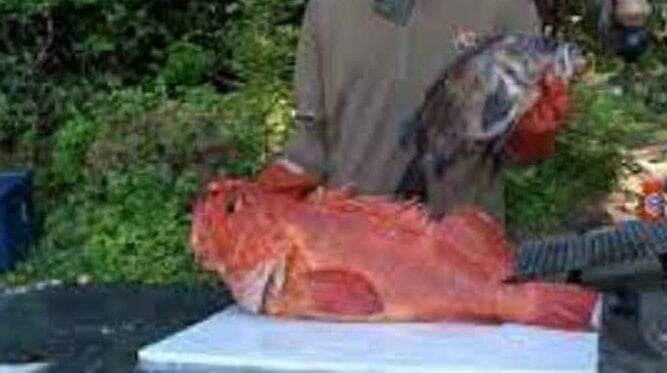Elk hunting is a popular recreational activity, and cleaning the elk is an important part of the process. Proper cleaning technique is necessary to preserve the quality of the meat and to ensure the safety of the person cleaning it.
In this article, we will guide you through the steps of cleaning an elk, with detailed explanations and tips.
Gathering Tools and Supplies Before you start cleaning the elk, you will need to gather the necessary tools and supplies. Here is a list of the items you will need:
- Sharp knife
- Saw or axe
- Large cutting surface
- Cooler or containers to store meat
- Game bags to protect meat from insects and contamination
- Plastic or rubber gloves

Hanging or Laying the Elk
It is important to hang or lay the elk properly in order to make the cleaning process easier. Hanging the elk by its hind legs is a common technique, as it allows for better access to the body. If you prefer, you can lay the elk on a flat surface, such as a table or the ground.
Removing the Hide
The first step in cleaning an elk is to remove the hide. Cut the hide from the hind legs to the neck, and then down the chest. Start pulling the hide towards the head, making sure to remove it in one piece. This can be done by gently tugging on the hide while cutting it away from the meat with a knife.
Cutting Off the Head and Legs
Next, cut off the head and legs at the joints. The head can be removed by cutting through the neck, and the legs can be removed at the knee and hip joints. This will allow you to access the internal organs and make it easier to separate the meat from the bones.

Removing Internal Organs
It is important to remove the internal organs as soon as possible after harvesting the elk. The internal organs include the heart, lungs, liver, and intestines. To remove the internal organs, make a small incision near the ribcage and pull them out. Be sure to handle the organs carefully to avoid contamination.
Separating Meat from Bones
After removing the internal organs, it is time to separate the meat from the bones. Start with the ribcage, cutting the meat away from the bones. Continue with the hindquarters, separating the meat from the bones as you go. This process will help ensure that the meat is properly prepared for storage and cooking.
Cutting Meat into Desired Portions
Once the meat has been separated from the bones, it is time to cut it into desired portions. This will depend on personal preference and how you plan to use the meat. For example, you may choose to cut it into steaks, roasts, or ground meat. Use a sharp knife to make clean cuts, and be sure to trim away any visible fat or sinew.
Storing Meat Proper
Storage of the meat is important to preserve its quality. Place the portions of meat in a cooler or containers, making sure they are properly chilled. Use game bags to protect the meat from insects and contamination, and be sure to store it in a cool, dry place.

Conclusion
Cleaning an elk can seem like a daunting task, but with proper technique and the right tools, it can be a simple and straightforward process. By following these steps, you will ensure that your elk is properly cleaned and prepared for storage and cooking.
Remember to always handle the meat carefully and to follow all safety precautions. With this information, you will be able to clean your elk with confidence and enjoy its delicious meat for years to come.
What kind of knife is best for cleaning an elk?
A sharp, sturdy knife is essential for cleaning an elk. Look for a knife with a strong blade that is made for cutting through meat and bone. A good hunting knife or a butcher’s knife should work well. Make sure to keep the knife sharp throughout the cleaning process to make the job easier and to reduce the risk of injury.
Is it necessary to hang the elk while cleaning it?
Hanging the elk while cleaning it is not necessary, but it can make the process easier. Hanging the elk by its hind legs allows for better access to the body, making it easier to remove the hide and internal organs. If hanging is not possible, the elk can be laid on a flat surface, such as a table or the ground.
Can I use plastic bags to store the meat?
Plastic bags can be used to store the meat, but it is recommended to use game bags specifically designed for this purpose. Game bags are made from a durable, breathable material that protects the meat from insects and contamination, and also allows for proper ventilation to keep the meat fresh.
What should I do with the internal organs after removing them?
It is recommended to properly dispose of the internal organs after removing them from the elk. Do not leave them in the field, as they can attract scavengers and potentially spread disease. Dispose of them in a safe and responsible manner, such as burying them or placing them in a sealed container for disposal.
Is it necessary to trim the fat and sinew from the meat?
Yes, it is important to trim the fat and sinew from the meat to ensure the best quality and taste. Trim away any visible fat or sinew, as it can become tough and chewy when cooked. This will also help to reduce the risk of spoilage, as fat can spoil more quickly than other parts of the meat.
